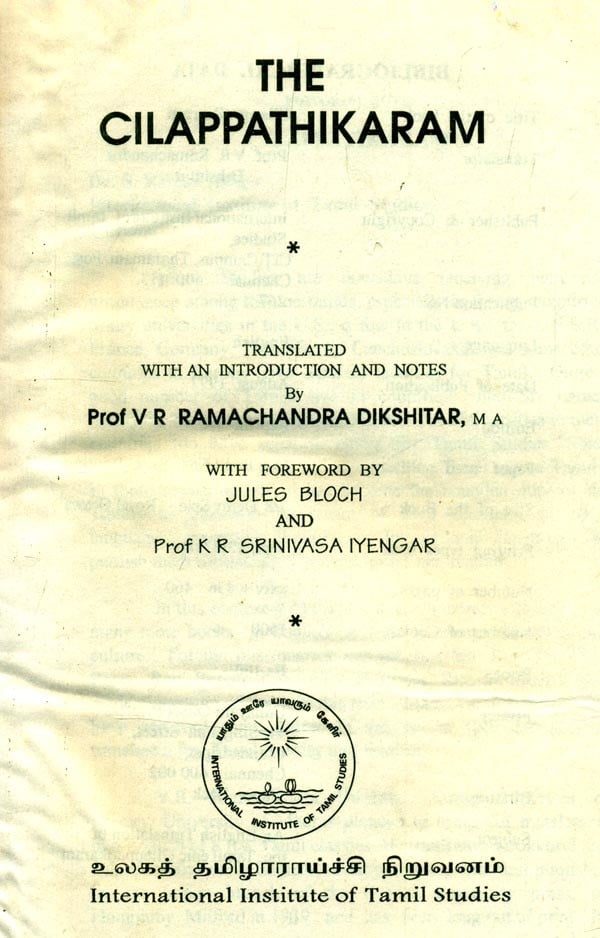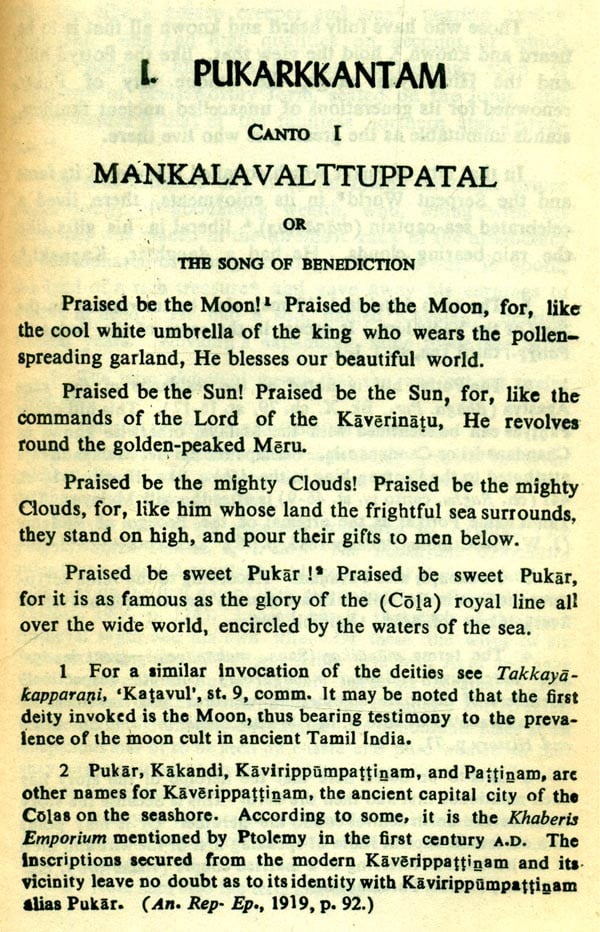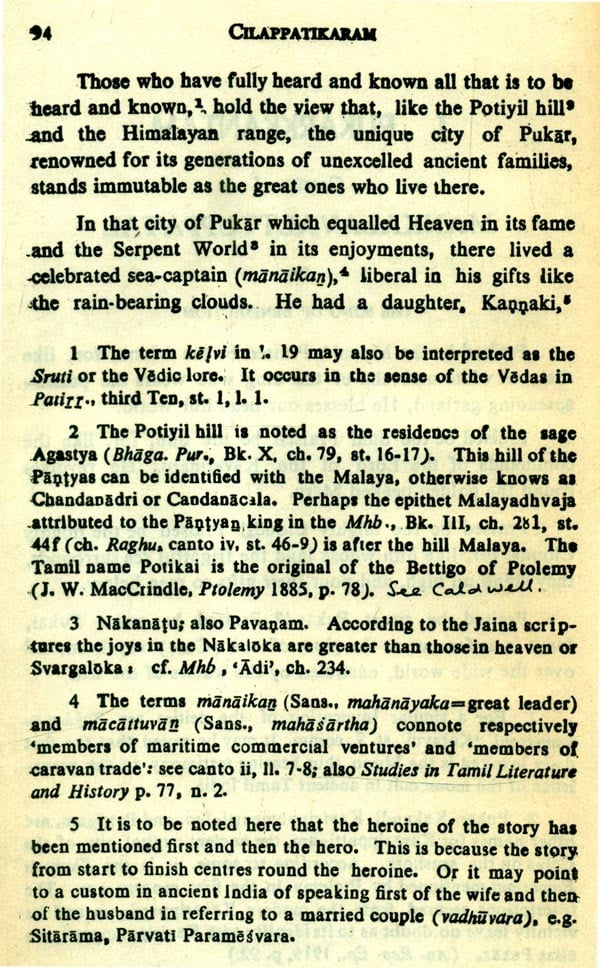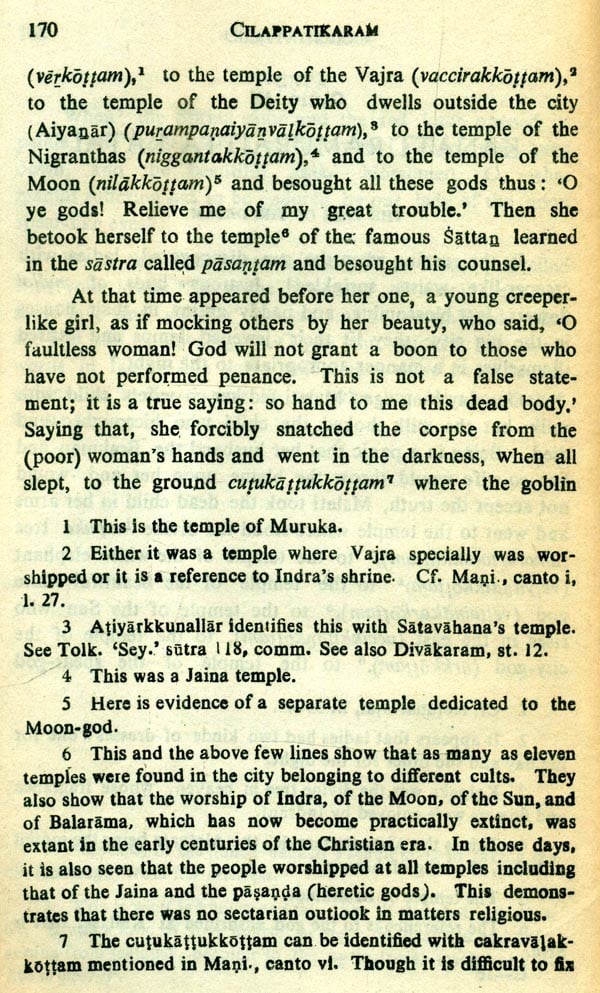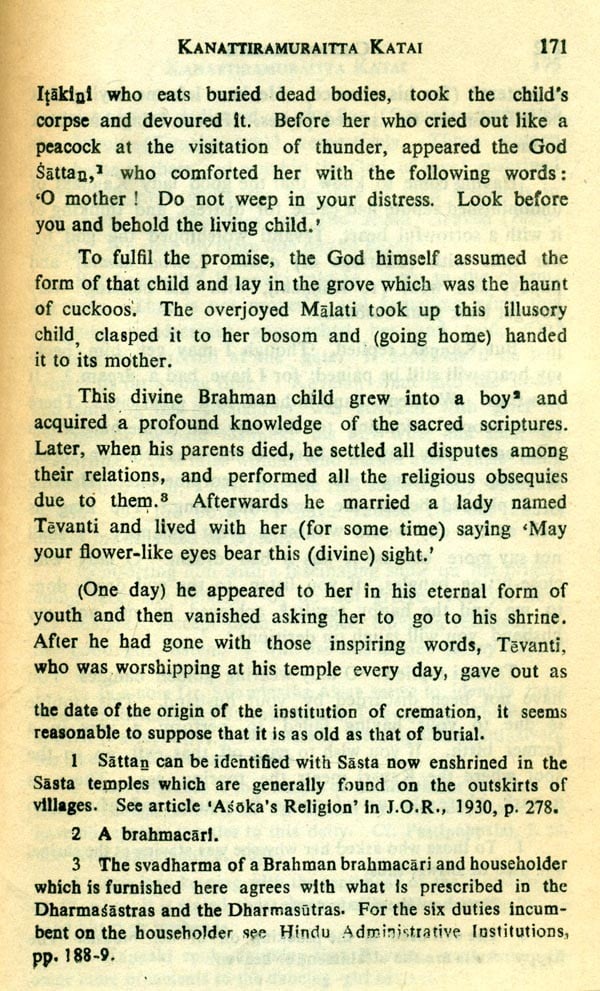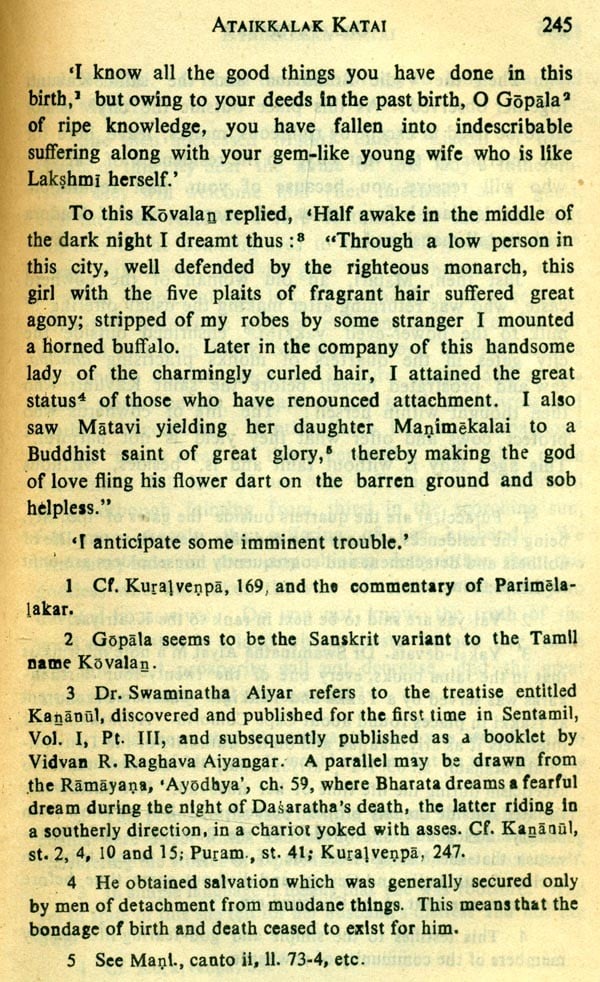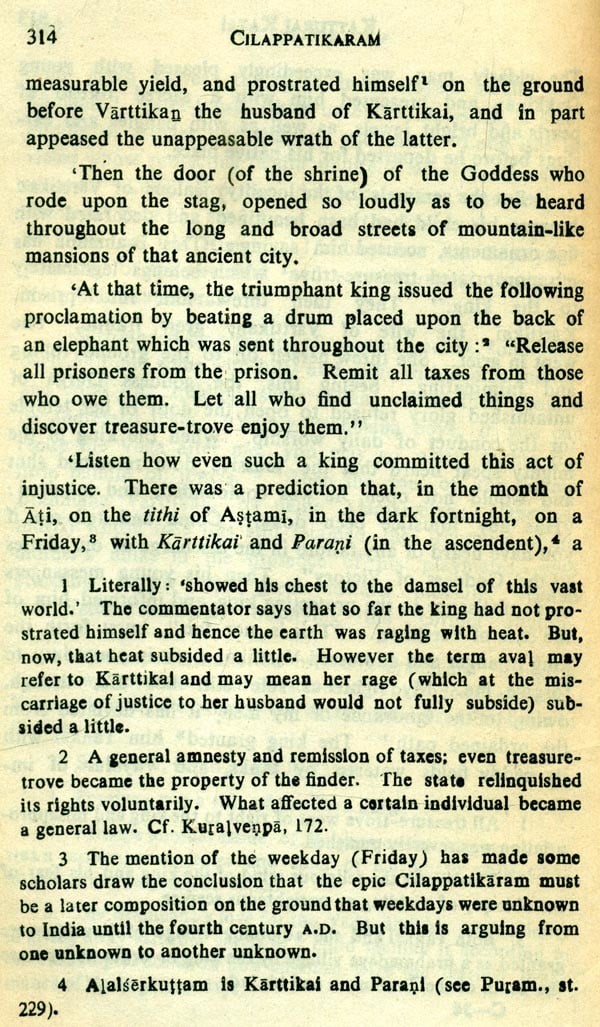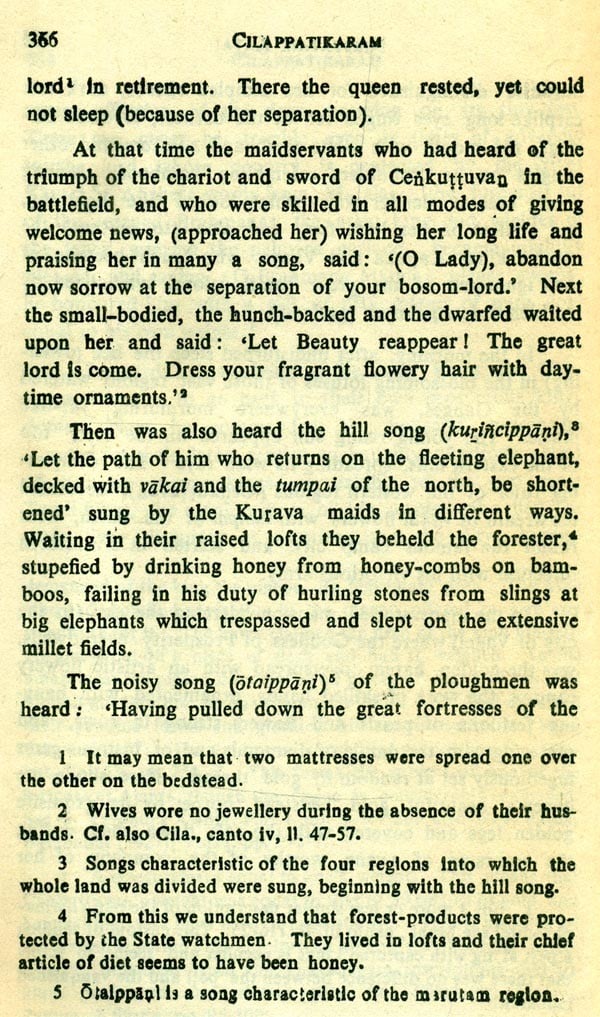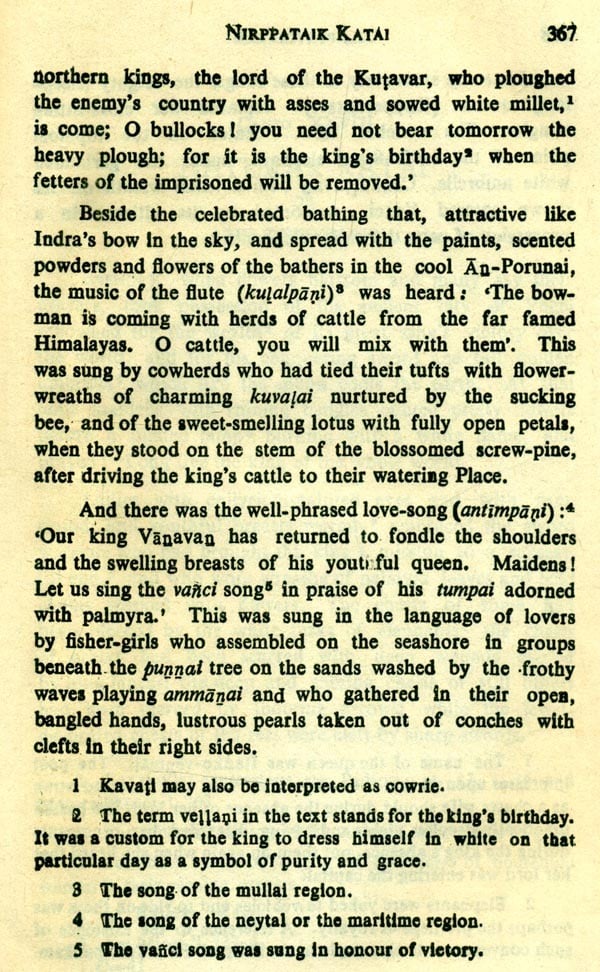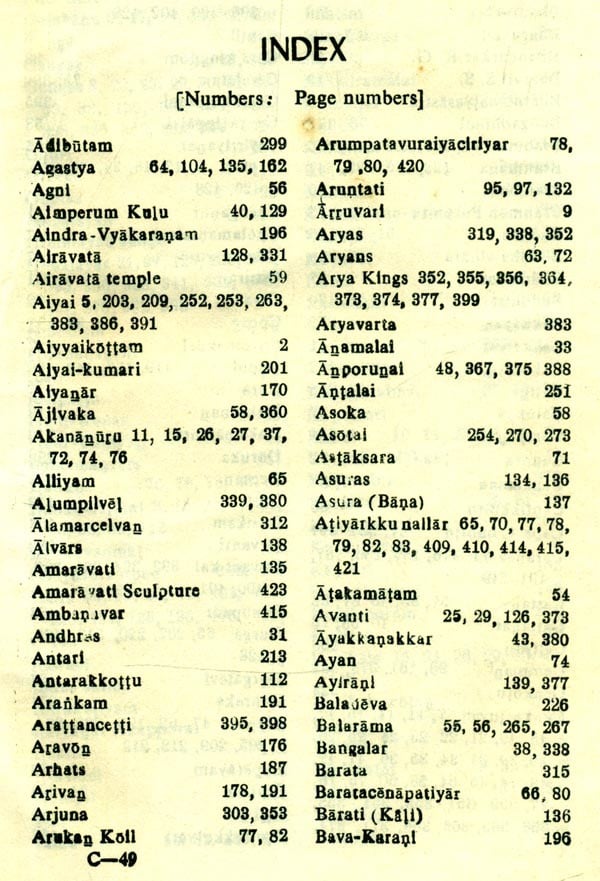Foreword I BELIEVE there is no need to introduce Mr. V. R. Ramacandra Diksita to the public, which knows him already and favourably. If, however, I have accepted the honor of writing a foreword to the present book, it is to lay stress on its special character, and to plead for more works of a similar nature.
Its significance will clearly appear if we follow the progress of the author's researches. At the start, as a research scholar in history, Mr. Diksita devoted his first studies to the old Hindu administrative institutions; his ambition was to give a synthetic survey of them, including the theories of Kautalya and the traditional law-books, and also the actual practices of the sovereigns. Here, of course, Asoka comes into prominence. Mr. Diksita in this connation happily considers old Tamil institutions. But he finds this last-mentioned subject in itself worthy of further and deeper investigation; to quote Mr. Dikshitar's own words, he felt more and more the need for an intrinsic study of the priceless literary treasures of Tamil'. Hence a set of essays which formed the basis of his useful book, Studies in Tamil Literature and History now in its second edition. Hero general statements and hypotheses are not altogether lacking, and therefore the author does not completely escape from criticism.
Preface SOMB after publication book Studies Tamil Literature History, in 1930, Mr. J. Richards, formerly of the Indian Service, wrote to suggesting should write the History Tamil Literature. also pointed the desirability publishing series of critical editions the Tamil classics with English trans and annotations. wrote: have no hesitant in pressing for English editions, for reason that Tamil almost sealed book all who are not Tami and it a pity that the rest India does not Tamil Indian culture. can be made to so by publishing for circle of readers, and is most medium for this publicity both in India elsewhere.' This letter of Mr. Richards induced to undertake rather stupendous task attempt an almost literal translation most difficult of Tamil classics, the Cilappatikaram.
The translation is based Swaminatha Aiyar's acknowledge indebtedness this scholarly critical work the Mahamahopa have derived immense benefit from Rao Sahib Pundit M. Raghava Aiyangar whom I had consult frequently in course of preparing this work. thanks also several colleagues the departments the University and other friends have been help me in way or another.
Introduction The term Cilappatikaram is made up of two words, Cilampu and atikāram. Literally the title means 'the story that centres around a cilampu or anklet'. The hero and the heroine of the story, Kõvalan and Kappaki, set out for Madurai to dispose of a cilampu and thereby raise the capital needed to pursue a trade. In the bazaar street of Madurai Kövalan meets the state goldsmith. The state goldsmith who has stolen the queen's anklet (similar to that in Kövalan's hand) reports to the king that he has found the thief. The king blindly believes the goldsmith and has poor Kōvalan executed. The heroine proves to the king her husband's innocence by breaking open her other anklet and showing that the contents of her anklets are different from those of the queen. The Pantiyan king dies of grief on realizing his blunder in having ordered the execution of Kōvalan without proper Investigation. Kappaki destroys the city of Madurai by fire to avenge the execution of her husband, and is finally proclaimed the goddess of chastity. As the story thus centres round the cilampu, it can appropriately be named the Epic of the Anklet.
One among the five perunkappiyams (mahakavyas of Sanskrit literature), the Cilappatikaram may come under the category of totarnilaicceyyu! and in it we find iyal, icai, and natakam as its chief characteristics.
**Contents and Sample Pages**
